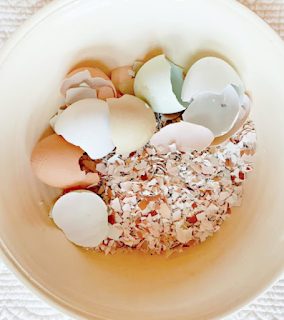Do you belong to the group of people who get up every day,
jump off the bed full of energy and are ready to start your day with a big
smile on your face? Or do you need extra energy to get up and need some (or a
lot of) time to be ready to face your daily tasks?
I find it very difficult to wake up and need a few hours to
be able to start working. My mind makes a big effort to start working and I
need some hours to be fully active (and proactive). I feel full of energy as
the days goes by and night comes. In the quietness of night, ideas start
flowing, creativity and alertness heighten and I feel at my best. Most of my
great ideas (the ones that worked) came at night, while in bed.
Morning larks, also called morning types, get up early. And
they enjoy it. They are more productive during the first part of the day; their
energy fades quickly in the evening hours and they need to be in bed early as
they experience a difficult time staying awake after a certain time. Early birds
have the advantage they can accommodate their daily routines to standard
daytime schedules.
Night owls are also known as evening types or nocturnal
individuals. They find it easier to stay awake late at night and find it
difficult to wake up early in the morning. They are more alert and productive
as the day ends and they find themselves at ease in the quietness of nigh with
nobody around. They tend to stay up until late at night or to the very early
hours of the morning. Night owls can remain mentally active for longer periods,
as well as being able to function properly on less sleep.
The circadian rhythm is what determines whether you belong
to one or another cronotype. We are all born with our own circadian rhythm and
it is quite difficult to change from one type to another as they are influenced
by biological and environmental factors, though it is possible to modify it by
changing our lifestyle.
What about you? Do you wake up full of energy and enjoy the
birds singing? Or are you more productive at night, when everything is silent
and it is only you and the moonlight? We would love to read your opinion.













